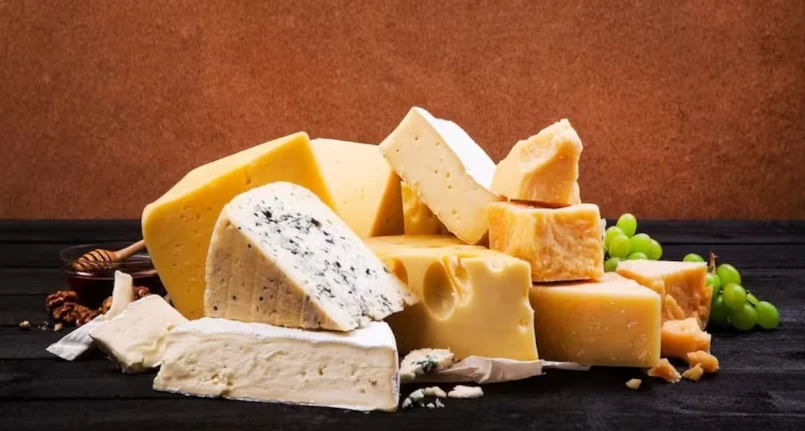Introduction
How you sustain your organism and your body throughout your life can influence the aging process. Leading a healthy lifestyle plays an important role in aging and with it a healthy and balanced diet but above all rich in nutritious and anti-aging foods.
While it is true that some factors are not controllable in any way, such as genetics, what we eat and a nutritious diet can support healthy aging and the speed with which the organs undergo the passage of time. Flaxseed, for example, is a rich source of healthy fats and other beneficial nutrients, as well as foods rich in omega 3s and vitamins C and E.
Flax seeds: anti-aging benefits
Flax seeds are among the foods beneficial for healthy aging. The typical Western diet is high in fat, sodium, sugar and calories and increases the risk of obesity and chronic diseases such as type 2 diabetes. This type of diet is associated with ready-to-eat and highly processed foods that can cause inflammation and generate nutritional deficiencies being strongly unbalanced in nutrients. Processed and ultra-processed foods accelerate the cellular aging process. These foods cause oxidative stress in the body, which occurs when there is an excess of cell-damaging free radicals. Condition that would also favor the onset of oncological pathologies.
A diet rich in antioxidants has the opposite effect. Antioxidants neutralize free radicals and prevent them from damaging cells and increasing the risk of adverse health conditions. Flaxseeds are particularly rich in phytonutrients, lignans, tocopherols and ferulic acid, all of which have antioxidant properties. These antioxidants reduce the risk of chronic diseases typically associated with aging, such as cancer, heart disease, stroke, diabetes and kidney disease.
Not only that, flaxseeds are particularly rich in Omega-3s, which support heart and brain health. There are three main types of omega-3 fatty acids: eicosapentaenoic acid (EPA), docosahexaenoic acid (DHA), and alpha-linolenic acid (ALA). Flaxseeds contain ALA, which can be converted into EPA and DHA. Flax seeds therefore have properties:
- anticancer,
- anti-inflammatory
- antioxidants
- cholesterol lowering
- reduction in blood pressure
The alpha linolenic acid in flaxseed can create a protective barrier for the brain and nerve tissue, and is beneficial for brain conditions such as stroke and Alzheimer’s dementia.
One of the main threats to the elderly is the loss of muscle mass, strength and function. Sarcopenia, or age-related muscle wasting, occurs when muscles begin to atrophy or deteriorate, leading to poor balance and weakness. Muscle wasting and lack of strength are directly associated with mortality in older people. Fortunately, a combination of exercise and a muscle-supporting diet could help. Flaxseeds contain up to 30% protein, beneficial for muscle support.
Omega 3 fats
Foods rich in Omega3, as it is known, have numerous beneficial properties including lowering cholesterol , protection against cardiovascular disease , hypertension , among others. The Omega 3 EPA and DHA are long chain polyunsaturated fatty acids which induce an increase in the activity of antioxidant enzymes , reducing the oxidative stress on the DNA and avoiding the shortening of telomeres and cellular ageing. Among the main sources of omega-3 are, in addition to some types of fish , such as salmon and mackerel , there are also vegetable alternatives, such as flax seeds , walnuts and in very small quantities some green leafy vegetables ( spinach ) and some legumes ( lentils ).
Resveratrol: where to find it
To support the aging process , the diet must be supplemented with foods capable of counteracting the action of free radicals . Among these, those that contain resveratrol , a polyphenol of vegetable origin, which acts by reducing the production of free radicals through the activation of antioxidant enzymes, delays the processes of cellular senescence thanks to the induction of DNA repair mechanisms. It is abundant in bright red and purple fruits, such as grapes , cranberries , and berries ; but it is also present in smaller quantities in dried fruit .
Foods rich in vitamins C and E
Similarly, in the diet of people over 65, as nutrition experts claim, it is advisable to increase the consumption of foods with a vitamin intake , which therefore perform a natural antioxidant action since they are capable of oxidizing and reversibly reducing, neutralizing the effect of radicals. free. Increase foods rich in vitamin C such as citrus fruits , kiwis , mangoes , black currants , strawberries , and some types of vegetables such as cauliflower , peppers , chillies , tomatoes andpeas . But let’s remember that the compound that contains the most is parsley .
Even foods rich in vitamin E are ideal against cellular aging. A set of tocopherols that protects cells from the oxidizing action of free radicals on DNA and fatty acids, delaying their aging. Among the foods that are richest in it are seeds ( pumpkin , sesame , flax, chia) and almonds , hazelnuts and wheat germ , and, to a lesser extent, olive oil .
These are the food bacteria to know and avoid.




